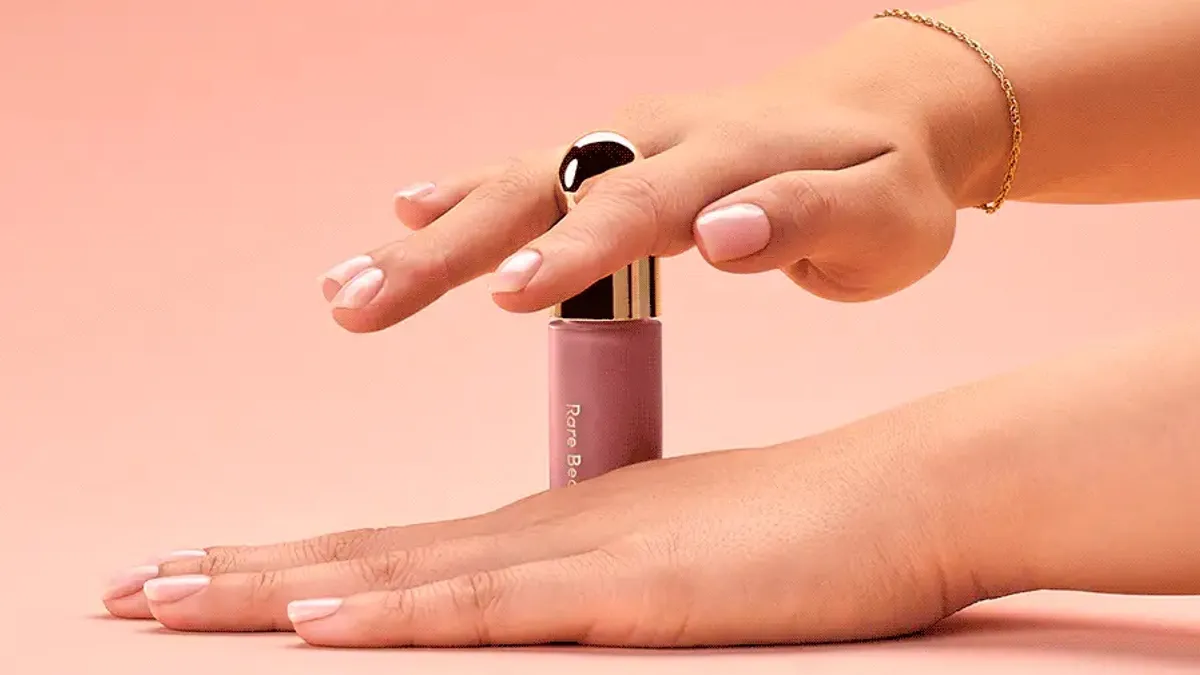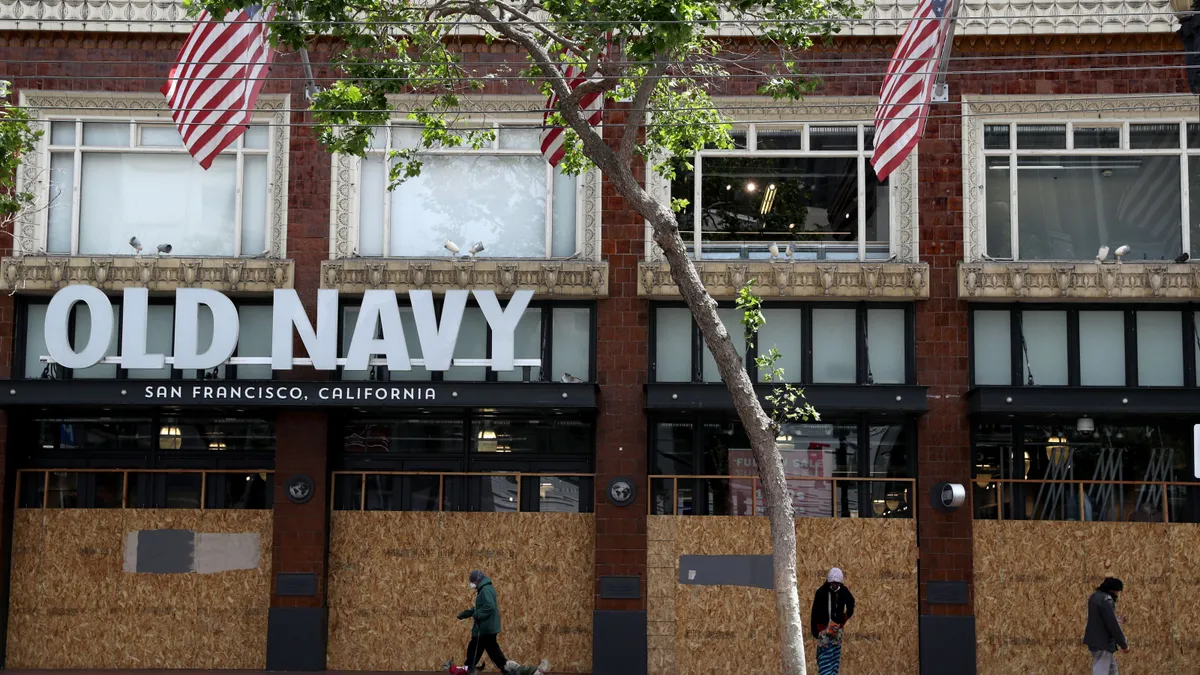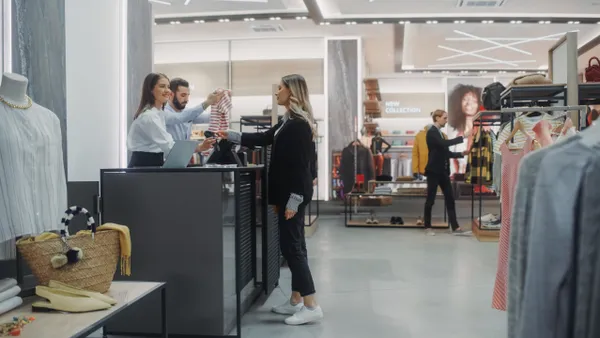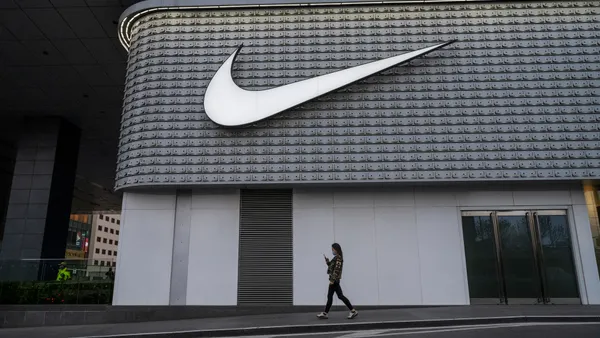Shinola—the Detroit-based manufacturer of watches, bicycles, leather goods and other items—opened its first retail stores in 2013. And while the brand was already selling goods on the web, it quickly found that it needed to extend the personal touch of its new, bespoke brick-and-mortar stores to its online presence.
“For Shinola, attention to our craft and pride of work are key values,” Dennis Kopitz, Shinola's director of e-commerce, told Retail Dive. “How customers experience our brand is a huge part of this. We wanted to be sure that their experience—whether they walked into one of our physical locations or visited our online store—reflected this commitment to painstaking quality.”
Part of the solution was to translate the sort of hands-off experience one expects from a physical store to the company's web and mobile storefronts. In a brick-and-mortar store, a sales rep can offer a friendly greeting to a customer, then provide additional assistance or wait quietly in the background.
“A salesperson can stand back,” Tara Sporrer, vice president of marketing for digital engagement specialist Moxie, told Retail Dive. “‘I’m here if you need anything, but I’m not going to get in your grill.’”
Digital interactions tend to be more automated, impersonal or even anonymous, Sporrer says, and the lack of personal service online can frustrate would-be buyers and alienate them from a brand.
“Shinola was looking at the online experience, and it was missing that component," she says. "Companies that care about how they care for customers use customer service as a differentiator.”
Offering information without intrusion
Service sells, but it can be difficult to deliver online. In spite of the fast growth in e-commerce, in-store conversion rates for most retailers are still almost 10 times digital conversion rates, Sporrer says. Many brick-and-mortar stores can achieve 20% to 30% conversion rates, whereas online rates are a scant 3% on desktop and 1% on mobile.
What Shinola wanted was a digital assistant that would be there whenever the customer needed it, like a live store clerk; what it didn’t want was what so many sites have today—an intrusive pop-up window that offers help at the wrong time, blocks shopping activity, and then can’t be found after a shopper opts out by clicking the little “X” to browse.
Today, when a customer visits Shinola.com, he or she sees a small bell icon in the lower-right-hand corner of the screen. Customers can click the bell to access a help menu that offers live chat, an e-mail link or additional information, much like they would ring a service bell in a store.
On live chat, the customer can ask whatever questions they like, as they would in a store. If the issue isn’t time-sensitive, they can choose to e-mail instead. Or they can opt to view commonly requested product and shipping information and related suggestions from the site.
“Being able to pre-emptively provide facts on the entire buying, shipping and returning process while the customer remains on the product page has made it a lot easier for customers,” Kopitz says. “They don’t have to search that kind of information out. Instead, it is right there while they can focus on the product pages.”
Shinola also uses the context of each user’s site activity to introduce itself proactively. First, it alerts the user to its presence without blocking the page—and only on the second page browsed. Later, if the customer lingers on a particular page, a popup associated with the bell will ask if it can help.
If the customer is exhibiting what Moxie defines as “struggle”—repeated back-and-forth between pages or a particularly long time at checkout, for example—the system offers up live chat.
Suggestions that lead to sales
While there are an infinite number of paths to purchase, Shinola personnel employ a drag-and-drop dashboard to map engagements and set rules; analytics show what works and what doesn’t to permit adjustments.
“For our employees, it has allowed them to serve online customers more efficiently," Kopitz says. “For customers, getting their questions answered immediately when they are in shopping mode is a big deal. Getting an answer in less than 10 seconds makes a big difference.”
Shinola has realized a 6.25% increase in overall conversion rates since deploying this type of online customer service in September 2015, exceeding projections, and conversion rates of 10% to 15% among customers who engaged in a live chat session.
It has also helped Shinola deal with a dramatic rise in mobile orders. “Being able to create a pleasurable and consistent mobile shopping experience is another factor that allows us to see this type of success in conversion rates and loyalty, especially since half of our online traffic comes from mobile devices,” Kopitz says.
“You have to figure out mobile and increase conversions,” Sporrer says. “When a customer feels acknowledged and gets help, they feel better about the brand and buy more. It’s a ‘win’ for the customer, and a ‘win’ for the brand.”












